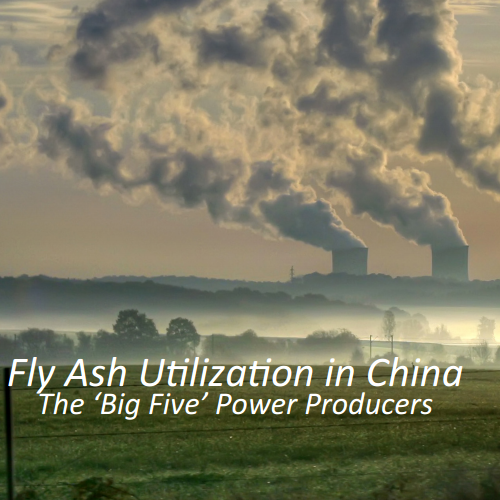Research Highlight: Synthesis of High Quality Zeolites from Coal Fly Ash
/- Perth, Australia
Dr. Kevin Li (Gang Li), participated in CAA2017 on behalf of the Centre for Energy, School of Mechanical & Chemical Engineering at the University of Western Australia in Perth, Australia. Dr. Li, a returning speaker to Coal Ash Asia, focused his presentation on synthesizing zeolites and necessary related conditions. The below abstract is an overview of the research presented at the conference. For more of Dr. Li’s publications and research, please click the link at the bottom of the abstract.
Abstract: Coal fly ash is a hazardous industrial waste generated from coal combustion and has been considered as an appropriate raw material for zeolite synthesis. In this study, synthesis of a high-quality type A zeolites (471m /g surface area) from fly ash at high conversion rate (98.2% aluminium and 96.5% silicon) has been achieved via a two-step alkali fusion and hydrothermal procedure. Furthermore, in preparation for production in commercials scale, up scaling of the developed synthesis process has been undertaken by using 150L reactor. More importantly, we tracked the migration of elements and quantified their distribution from fly ash to product zeolites and waste water throughout the synthesis process. Metalloid elements including arsenic and selenium, and those with strong amphoteric properties such as molybdenum were found highly mobile and mostly collected in the waste water. In comparison, less than 20% of heavy metal elements of weak amphoteric nature including copper, chromium and lead originated from the fly ash went to the waste water; the rest of these three heavy metals along with almost all of the cadmium, iron and nickel were fixed into the product zeolites. Despite the accumulation of hazardous elements in product zeolites, none of them was leachable under various harsh conditions, ensuring safe applications of such zeolites.
If you are interested in attending Coal Ash Asia 2018 in Shuozhou, please click the "CAA2018" link to register, and our event team will assist you in finding the participation that's right for you.

